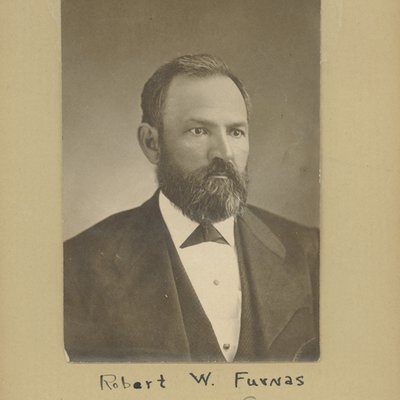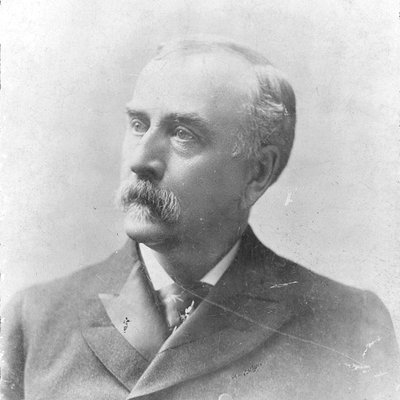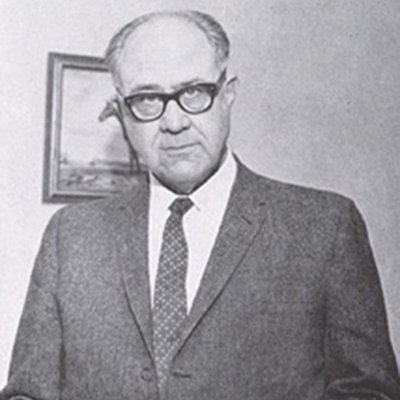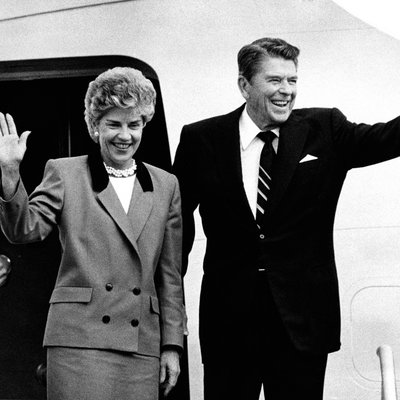CH 10
Governor's Suite
The Role of the Executive Branch
Lesson 2 - Governing

The men shown here are considered "Six of the Great Citizens of the United States"-- not “Six Famous Nebraskans.” They appear here as reminders for the governor.
They are meant to inspire the governor with thoughts about great leaders. The artist Tack chose to use the names of Benjamin Franklin, Abraham Lincoln, Alexander Hamilton, George Washington, Thomas Jefferson, and John Marshall (a great Chief Justice of the Supreme Court) in the ceiling murals. You might recognize some of these names and images from American history. Consider researching the people you didn’t recognize to learn why the artist chose to feature each one. (Reset image)
For example, Governor Robert W. Furnas took office in 1873 and worked with J. Sterling Morton to make Arbor DayThe word “arbor” has several meanings, including a shelter formed by tree branches. Arbor Day honors trees and celebrates tree planting. a holiday, encouraging tree planting across the state. Eventually, this became an important idea recognized by the entire nation!
- an Advisory Commission on Aging,
- the Governor's Commission on the Status of Women,
- the Nebraska Educational Telecommunications,
- and the Nebraska Arts Council.
He also introduced a retirement program for state employees.
Governor Kay Orr was the first Nebraska woman elected governor. In 1986, she ran against Helen Boosalis, the mayor of Lincoln, and won. It was the first time in a U.S. governor's race that both candidates were women. Governor Orr achieved another first: she was the first Republican woman governor in the history of the United States.
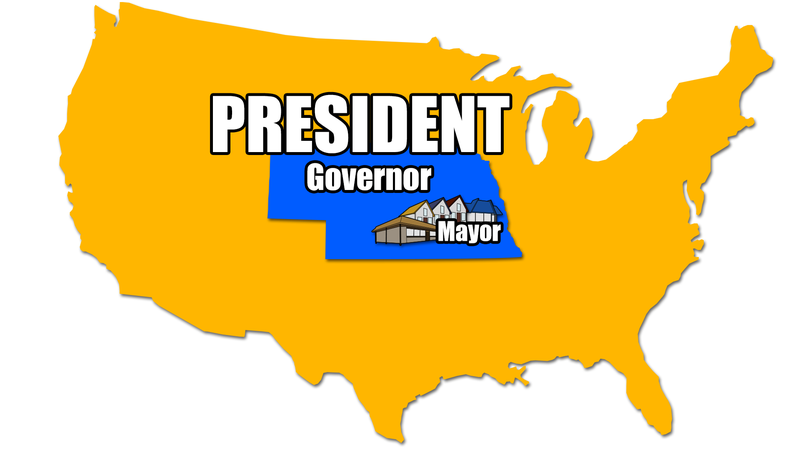
Today, the governor is in charge of the executive branchThe executive branch of government is the part that enforces the laws. The other two branches are the legislative branch that makes the laws, and the judicial branch that decides whether or not a law has been broken. of state government, including;
- the state's five other executive officers,
- the Board of Education,
- the University of Nebraska Board of Regents,
- and the Public Service Commission.
The governor has direct control over certain state agencies and appoints officials to run them. Other agencies fall under the indirect control of the governor. The governor has the highest office in the state of Nebraska, just as a mayor has the highest office in a town or city, and the President has the highest office in the United States.
But even with all that power, the governor is part of a system with checks and balancesIn Nebraska’s government, there are three branches. “Checks” refers to limited controls each of branch of government has over the actions of the other branches, so that they all have to work together—no one branch has total control. “Balance” refers to each branch of government having its own equal power. .
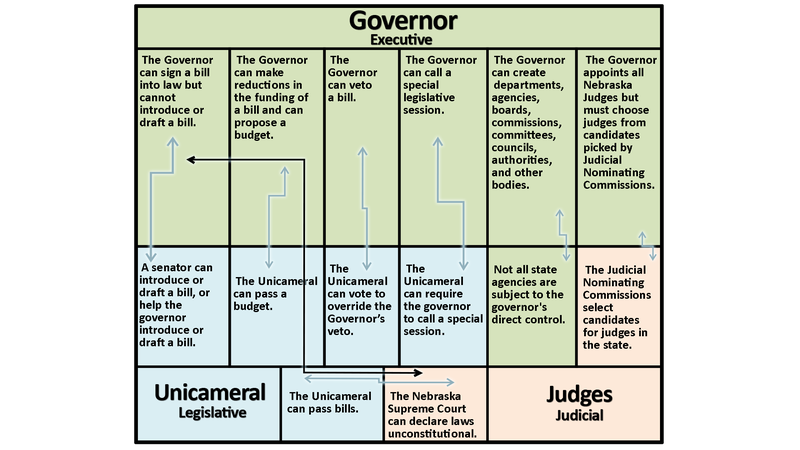
In a system of checks and balances, each branch of the government is able to have an effect on the other branches.
SOMETHING TO THINK ABOUT . . .
What would you do if you were governor for a day?
